Rising Consumer Demand for Poultry Products
The Greece Poultry Market is currently experiencing a notable increase in consumer demand for poultry products. This trend appears to be driven by a growing awareness of health and nutrition among consumers, who are increasingly opting for lean protein sources. In 2025, poultry consumption in Greece is projected to reach approximately 1.5 million tons, reflecting a steady growth rate. This shift in consumer preferences suggests that poultry is becoming a staple in the Greek diet, potentially due to its versatility and affordability compared to other protein sources. Furthermore, the rise of convenience foods and ready-to-cook poultry products may also contribute to this demand, as busy lifestyles lead consumers to seek quick meal solutions. As a result, the Greece Poultry Market is likely to adapt to these changing consumer preferences by expanding product offerings.
Sustainability Initiatives in Poultry Farming
Sustainability initiatives are becoming increasingly relevant within the Greece Poultry Market. As environmental concerns gain prominence, poultry producers are adopting more sustainable farming practices. This includes the implementation of waste management systems and the reduction of carbon footprints associated with poultry production. In 2025, it is estimated that around 30% of poultry farms in Greece will have adopted organic farming practices, reflecting a significant shift towards sustainability. This trend not only aligns with consumer preferences for ethically sourced products but also positions the Greece Poultry Market favorably in a competitive landscape. Furthermore, government incentives for sustainable practices may encourage more producers to transition towards environmentally friendly methods, potentially enhancing the overall reputation of Greek poultry on both domestic and international fronts.
Changing Dietary Preferences and Health Trends
The Greece Poultry Market is witnessing a transformation in dietary preferences, largely influenced by health trends. As consumers become more health-conscious, there is a noticeable shift towards leaner protein options, with poultry being favored over red meat. In 2025, it is anticipated that poultry will account for over 50% of total meat consumption in Greece, reflecting this changing landscape. This trend may be further supported by the increasing popularity of Mediterranean diets, which emphasize the consumption of poultry as a primary protein source. Additionally, the rise of fitness culture and awareness of the benefits of protein-rich diets could further bolster the demand for poultry products. Consequently, the Greece Poultry Market may need to adapt its marketing strategies to highlight the health benefits of poultry, thereby appealing to a broader consumer base.
Technological Innovations in Poultry Production
Technological innovations are playing a crucial role in shaping the Greece Poultry Market. The adoption of advanced technologies, such as automation and data analytics, is enhancing production efficiency and animal welfare. In 2025, it is projected that approximately 40% of poultry farms in Greece will utilize smart farming technologies, which could lead to improved feed conversion rates and reduced operational costs. These advancements not only contribute to higher productivity but also ensure that the Greece Poultry Market remains competitive in an evolving market. Moreover, the integration of technology in monitoring health and growth patterns of poultry may lead to better management practices, ultimately resulting in healthier livestock and higher quality products for consumers. This technological shift may also attract investment into the sector, further driving growth.
Export Opportunities in the Mediterranean Region
The Greece Poultry Market is poised to benefit from expanding export opportunities within the Mediterranean region. Greece's strategic geographical location provides a competitive advantage for poultry exports to neighboring countries. In recent years, the export volume of poultry products has shown a positive trend, with exports reaching approximately 200,000 tons in 2025. This growth is attributed to the increasing demand for high-quality poultry products in markets such as Italy and Spain. Additionally, the reputation of Greek poultry for its quality and adherence to safety standards may further enhance its appeal in international markets. As the Greece Poultry Market continues to explore these opportunities, it may also consider diversifying its product range to cater to different cultural preferences, thereby potentially increasing its market share in the region.



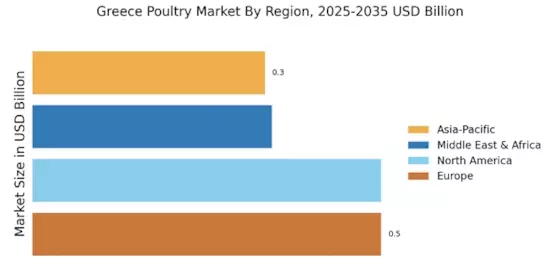
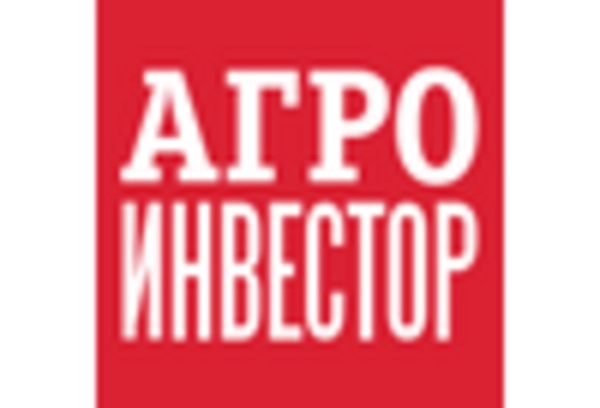
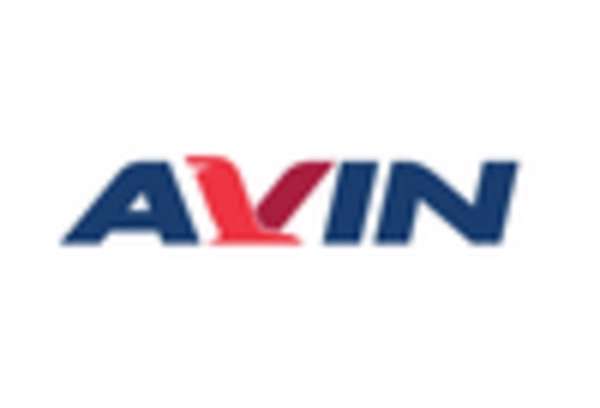

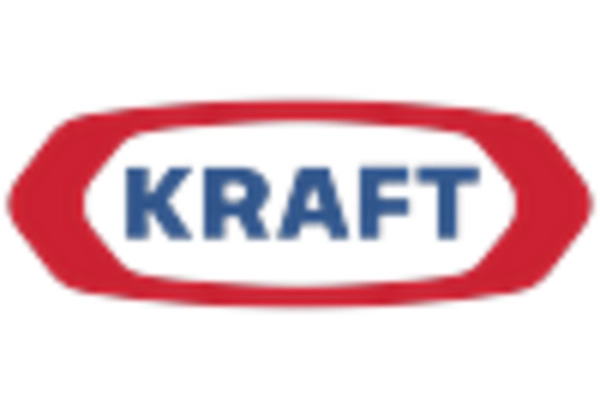

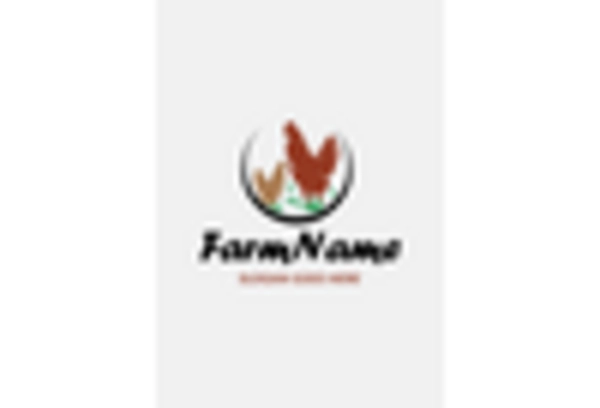








Leave a Comment